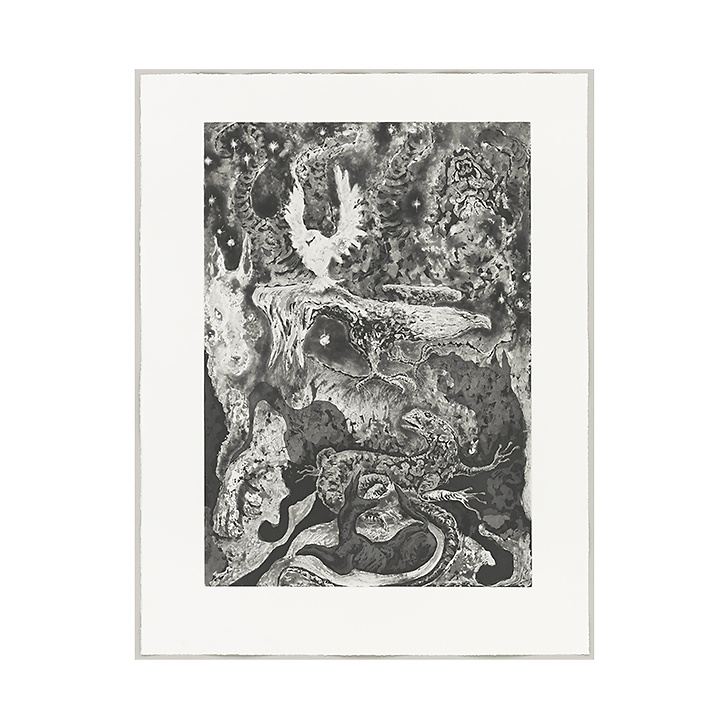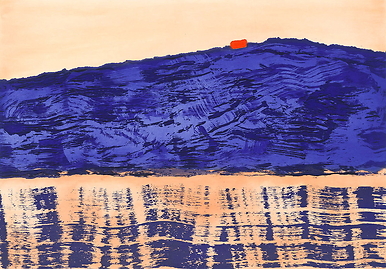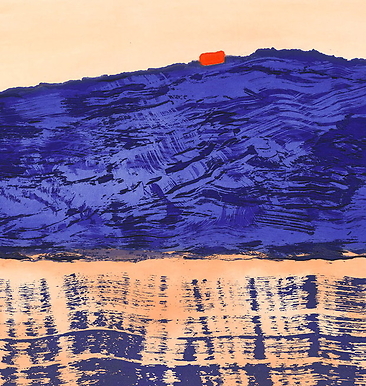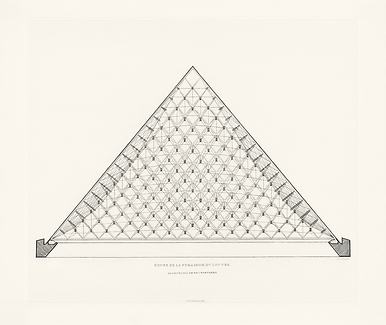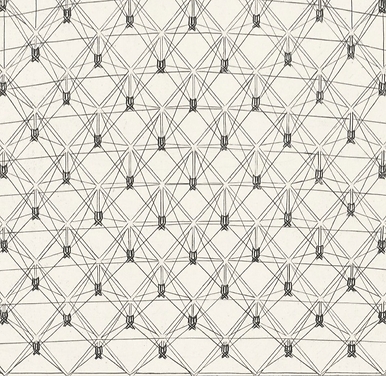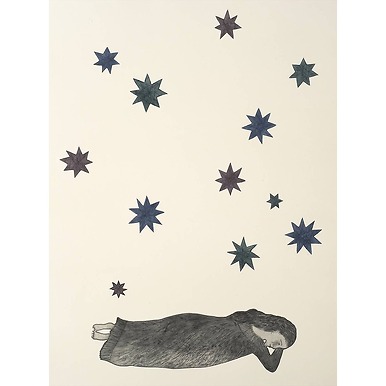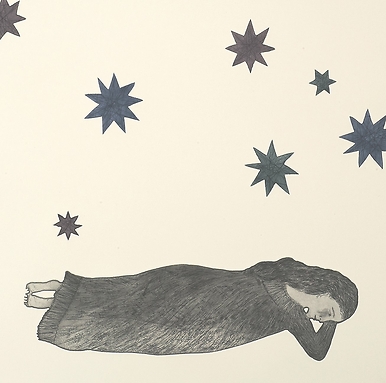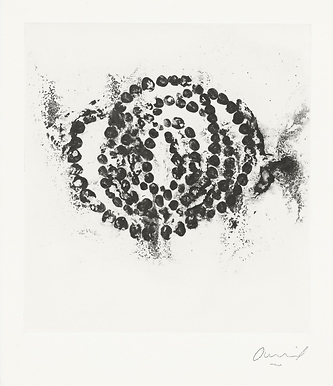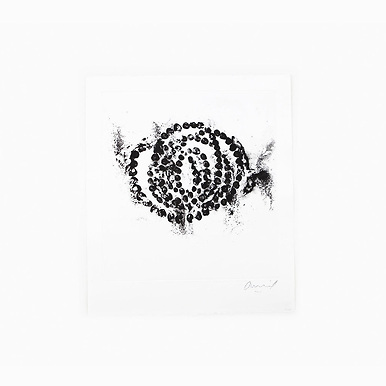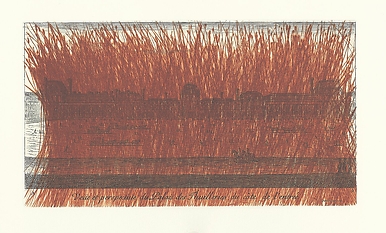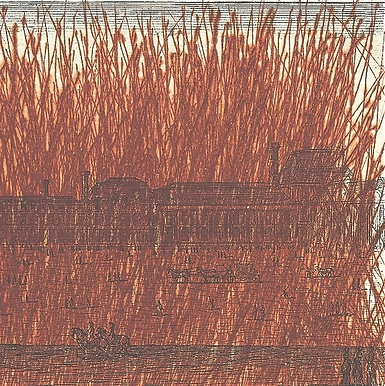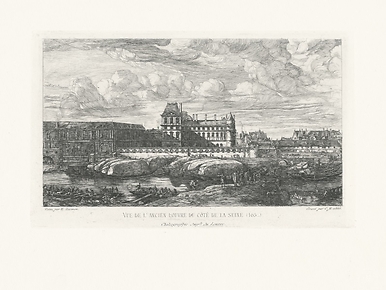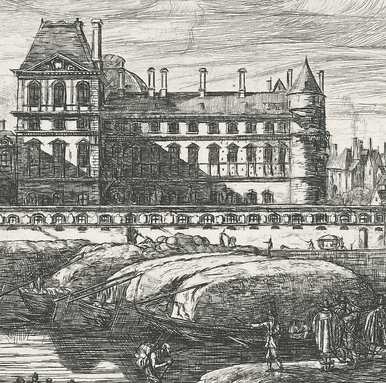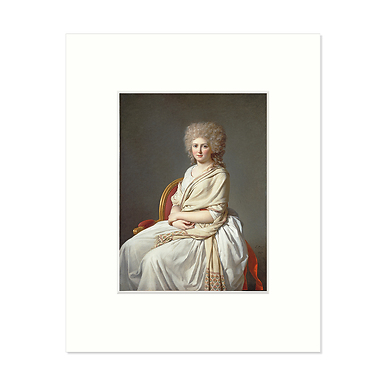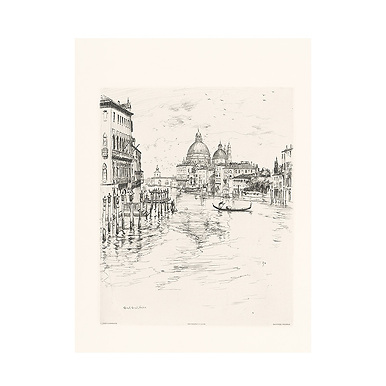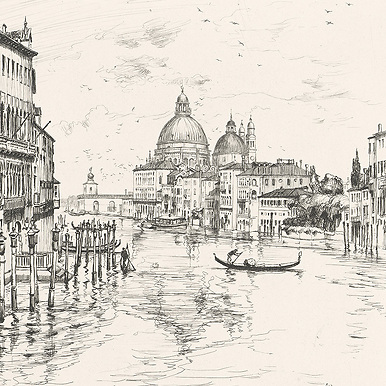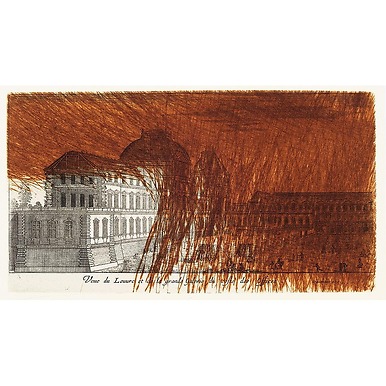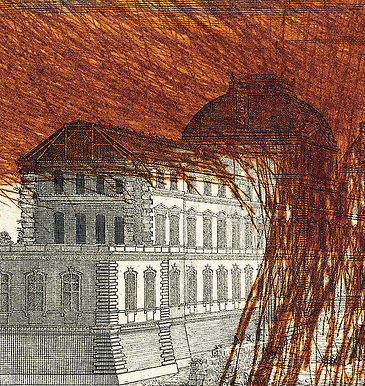Engraving The Louvre Constellation - Jean-Marie Appriou
KM011492
The work of Jean-Marie Appriou (born in Brest in 1986, lives and works in Paris) plays with the blurring of temporalities, plunging into the archaic depths of sculpture to create new, futuristic chimeras rooted in history and myth. His creations have been exhibited in numerous institutions, from the...
Read more
The work of Jean-Marie Appriou (born in Brest in 1986, lives and works in Paris) plays with the blurring of temporalities, plunging into the archaic depths of sculpture to create new, futuristic chimeras rooted in history and myth. His creations have been exhibited in numerous institutions, from the Palais de Tokyo (2014) to the Château de Versailles (2017) to the Consortium de Dijon (2019-2020) and Lafayette Anticipations (2021).
The artist's studio is located just a few minutes from the Ateliers d'art de la Rmn-GP in Saint-Denis, so he was able to explore the printmaking techniques he had developed in the past. Passionate about engraving, he wanted to explore the technical heritage of this work by combining several aquatint and etching methods. Over a period of several weeks, the plate was used to experiment with where etching could prevail.
Jean-Marie Appriou drew on all his experience as a sculptor to transform the plate into a physical reality where each line, each point, would be the result of a mixture of chance and decision, while respecting the formal constraints of a plate designed to print unlimited editions, following the model of the Chalcographie du Louvre.
In this, the anniversary year of the Musée du Louvre, which opened in 1793, the artist is going back to the origins of the museum and, through his work, intends to create an animal fable of the museum. He has sought to identify animal emblems in the history of the Louvre in order to create a mythical portrait of the museum. In keeping with the title of his work, he invites us to discover the Constellation of the Louvre.
In this constellation, the She-wolf embodies the possible etymology of the name "Louvre";
the salamander refers to Francis I, who launched the work on the Cour Carrée and acquired the group of works by Leonardo da Vinci now in the museum's collections; the lion recalls Rubens and the cycle of the Galerie Médicis; the horse echoes Bernini's equestrian sculpture of Louis XIV, facing south-east in the direction of Versailles; the jackal of Anubis, a sign of Denon and the Egyptian Campaign that launched the Napoleon Museum; the dove, a symbol of peace, present in the ceiling by Georges Braque that marked the arrival of modern artists to the Louvre.
These animals make up a narrative of the Louvre, but the work is not just narrative: it creates a blurring of time, where all the emblems respond to each other, and emerge from the background of the image. In his childhood and early years as a young artist, Jean-Marie Appriou often came to museums to develop his eye. With Constellation du Louvre, he invites viewers to do the same, to continue developing the acuity of their eye, and to return to the museum to discover the collections.
Etching, aquatint on copper.
Engraved by the artist with the technical assistance of Lucile Vanstaevel and Marius Tessier, craftsmen from the Rmn-GP's Chalcographie workshop, and printed on a taille-douce press from the same workshop in Saint-Denis.
Close
Sold by GrandPalaisRmn

